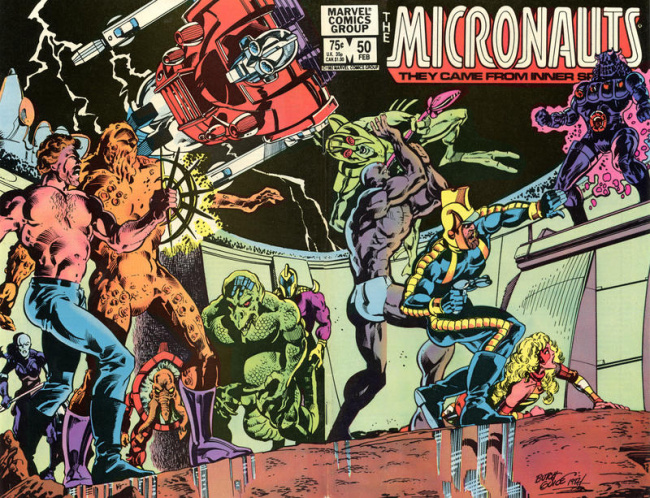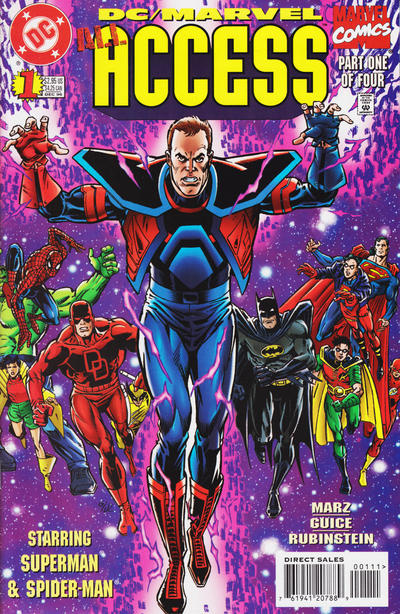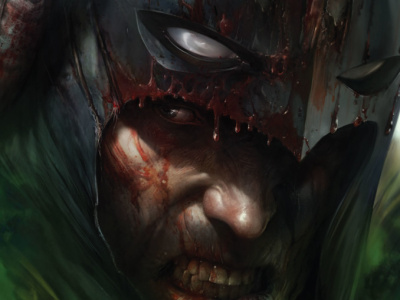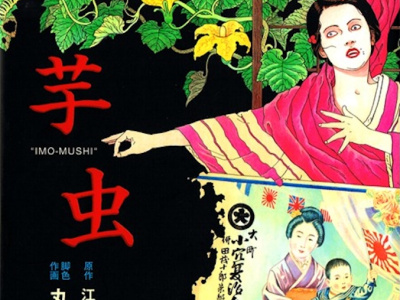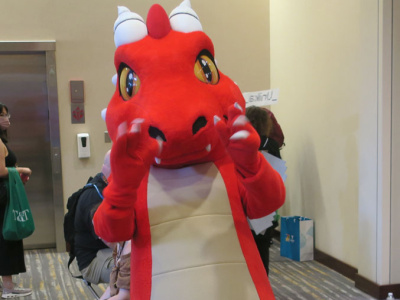Jackson “Butch” Guice, a penciler whose 40-year career in comics included runs on Micronauts, Dr. Strange, The Death of Superman, and Ruse, died on May 1, 2025, at the age of 63.
Guice began working in comics in 1981 with “Warlords of Light,” a sword-and-sorcery tale in Galaxia Magazine. Started by artist Rich Buckler as a place to publish creator-owned work, the magazine lasted for just one issue. He also was the penciler for the first two issues of Southern Knights, a small-press comic that launched with the title The Crusaders but changed its name with issue #2 to avoid a conflict with Archie Comics, which had a superhero team with the same name.
His big break came when he did some of the art (uncredited) for Rom Annual #1; Marvel Comics editor Al Milgrom invited him to try out for the Micronauts series, and he became the regular penciler with issue #48. He left the series with #58 to work on other Marvel projects, including the four-issue miniseries The X-Men and the Micronauts, released in 1984. During this time he was the inker for Dazzler and penciler for X-Factor and The New Mutants. While he worked steadily for Marvel for much of the 1980s, Guice also penciled an issue of Mike Baron’s Nexus (published by First Comics), and in 1987 he and Baron were the creative team for DC Comics' relaunched the Flash series, which featured Wally West as the Flash. After drawing 10 of the first 11 issues, Guice moved on again and went back to Marvel, where he was the penciler for Iron Man and Doctor Strange, Sorcerer Supreme.
Guice went back to DC in 1991 and had a lengthy run on Action Comics that included the Death of Superman storyline. He was one of the team that created the storyline, and he was a penciler for all three arcs. His work after that included all 27 issues of Resurrection Man, which he co-created with writers Andy Lanning and Dan Abnett, a lengthy run on Birds of Prey, and the four-issue cross-publisher DC/Marvel All Access miniseries.
In 2001, Guice moved to Florida to launch a new Crossgen title, Ruse, with Mark Waid (see “Butch Guice Joins Crossgen”); he was the penciler for all 26 issues. He left CrossGen in 2004 and teamed up with writer Dan Brown for Olympus, which was published in France by Humanoids and in the U.S. by DC. His work after that included significant runs on JLA: Classified and Aquaman: Sword of Atlantis for DC and Captain America, Black Panther and the Crew, and Invincible Iron Man, among others, for Marvel.
Guice was also the artist for a number of Valiant titles in the 1990s and again after their 2012 relaunch, including Eternal Warrior in the 1990s and Ninjak in 2015.
Guice’s career in comics spanned 45 years, long enough that he revisited a number of his original creations in new incarnations. In 2022, for example, he was the artist for one of the four stories in DC’s Death of Superman 30th Anniversary Special #1 (see “DC Plans ‘Death of Superman’ 30th Anniversary Special”). His work was nominated for several Eisner awards, and he received the Inkpot Award in 2015.
Fans and colleagues alike reacted to the news of Guice’s passing by sharing their memories on social media. One comment in particular stands out: “Butch saw something in me that I didn’t way back in 1982,” artist Kelley Jones wrote on X (formally known as "Twitter"). "He insisted I follow him as the penciller on the Micronauts when he left the title. For the next couple months he would take time from his new gig, and help me figure out how to draw a monthly book. Butch's advice and instruction on that matter I use to this day."
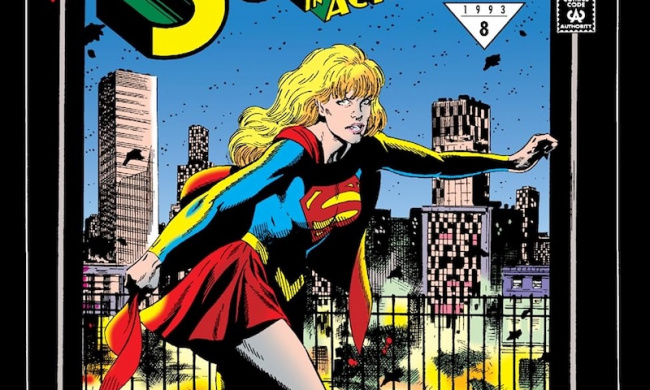
Artist for 'Micronauts,' 'Death of Superman,' 'Ruse'
Posted by Brigid Alverson on May 1, 2025 @ 11:38 pm CT
MORE COMICS
From Dynamite Entertainment
August 8, 2025
Here's a preview of Space Ghost #1, published by Dynamite Entertainment.
Dark, Erotic Manga Based on Short Story by Edogawa Rampo
August 8, 2025
Maruo brings his signature “erotic grotesque” style to a dark tale by writer Edogawa Rampo.
MORE NEWS
Thursday July 31, 2025; 'D&D,' 'Riftbound,' and More!
August 8, 2025
The story of Gen Con 2024, as told through ICv2's staff photos, began on the morning of Thursday July 31, 2025 on the convention hall floor.
New Expansion Set for the Classic Fantasy Board Game
August 8, 2025
Hasbro will release HeroQuest: First Light, a new expansion for the classic fantasy board game, into retail.




